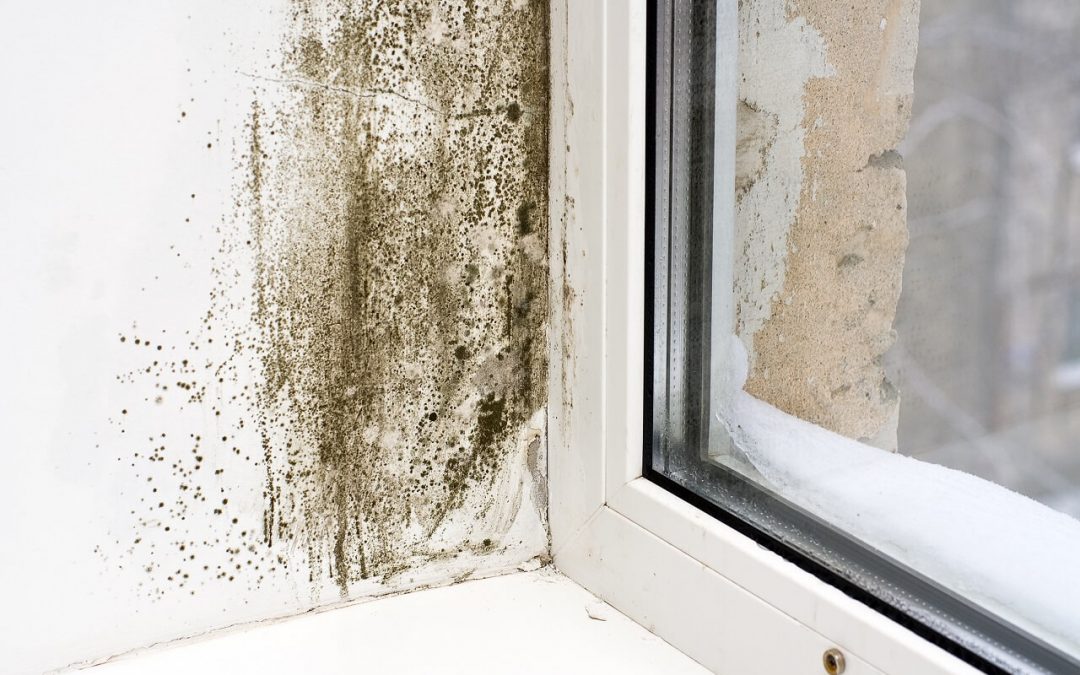Mold in the home causes damage to building materials, staining, and can contribute to health issues. Family members might experience sneezing, itchy eyes, congestion, and headaches. Mold growth often occurs in areas with excess moisture or high humidity. Here are a few common causes of mold in the home.
Clogged Gutters
The gutters on your home are designed to funnel water off the roof and away from the building. If the gutters are clogged, water will accumulate and back up, seeping under your roofing materials or overflowing and leaking into the basement. Water in these areas will contribute to mold growth. Clean the gutters at least twice a year and more frequently if the house is surrounded by trees. A build-up of leaves, pine needles, twigs, and other debris will cause the gutters to become clogged.
Roof Leaks are Common Causes of Mold Growth
A leaking roof will lead to moisture damage in the attic. You may notice dark stains on the wood or damp insulation. As leaks become more severe, water damage and mold growth can spread to the ceilings and walls in your home. Maintain your roof and keep an eye out for damage. Replace missing, warped, or cracked shingles and learn about the signs that it’s time for a roof replacement.
Ignoring Plumbing Leaks
Even minor plumbing issues, like a dripping faucet, can lead to mold growth. At the first sign of a problem make repairs or hire a plumber who can. Check beneath cabinets for leaking pipes and pay attention to your water bill. Even if you don’t see signs of a leak, a water bill that is much higher than usual can indicate that there is a problem. Some leaks are hidden, occurring behind the walls, and can be more difficult to detect. If you suspect a leak, call a professional to locate the issue and repair the plumbing.
Deteriorating Caulk is One of the Causes of Mold
Caulking seals around the edges of sinks and bathtubs. This material keeps water from running between the sink or tub and the walls. It offers protection from mold by keeping those areas dry. With time, caulk will begin to crack and peel. To protect your home from mold growth, remove the old material and re-caulk around your bathtub, shower, and sink. This is an inexpensive and relatively easy project you can do yourself.
Damp Clothing
Damp towels or wet clothing should be dried in the clothes dryer or hung outdoors to dry. Indoors, the moisture will evaporate, contributing to high humidity in the home. If damp towels are left in a pile, it only takes 24-48 hours for mold to grow. On a sunny day, hang laundry on a clothesline outside. The materials will dry quickly. Otherwise, toss them into the clothes dryer to help prevent mold from developing.
Gardner Home Inspections offers inspection to customers in Northern Alabama. Contact us to request our services.

